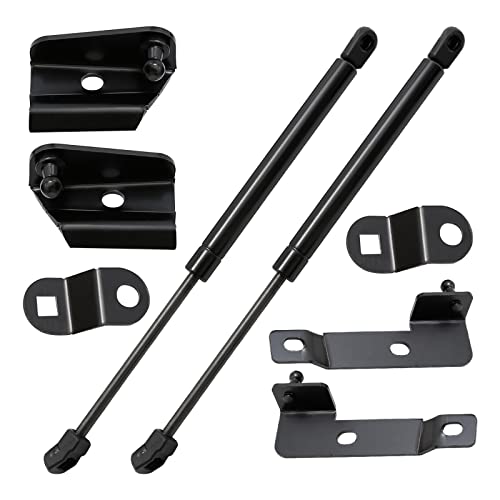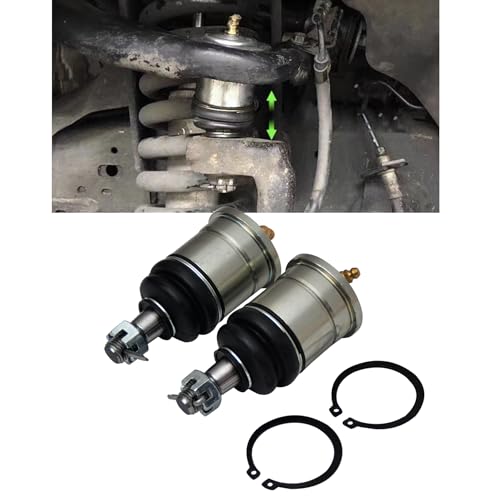Johnkathy81
Member
Have a knocking noise for a while now since I installed my "2" tough dog suspension lift.
They are foam cell shocks and front struts were preassembled. Dose not always happen, although if I go over speed humps a little quick (not fast) and the front end drops it makes a knocking noise. Hence any time the front drops a little.
Have no spacers installed either.
Any advice or anyone who has experienced a similar problem would be appreciated.
They are foam cell shocks and front struts were preassembled. Dose not always happen, although if I go over speed humps a little quick (not fast) and the front end drops it makes a knocking noise. Hence any time the front drops a little.
Have no spacers installed either.
Any advice or anyone who has experienced a similar problem would be appreciated.


























